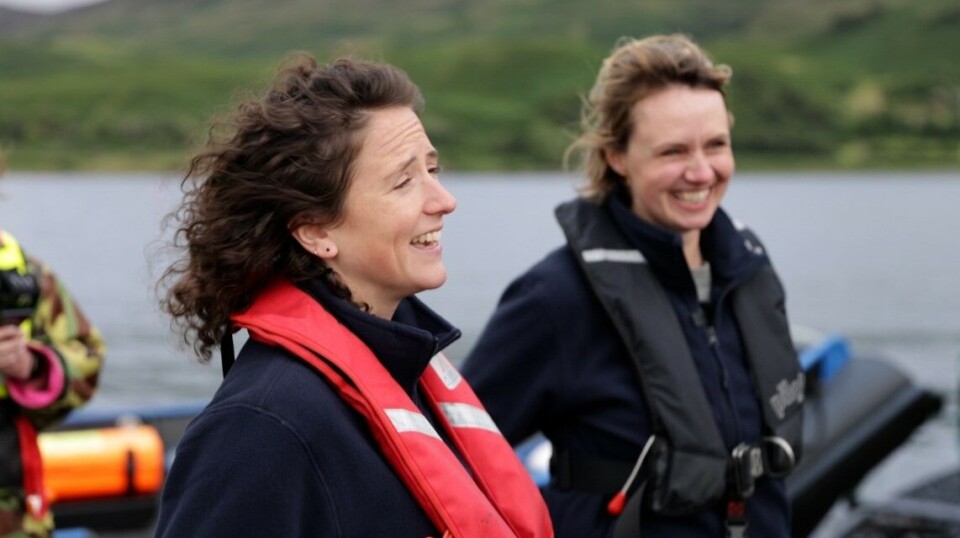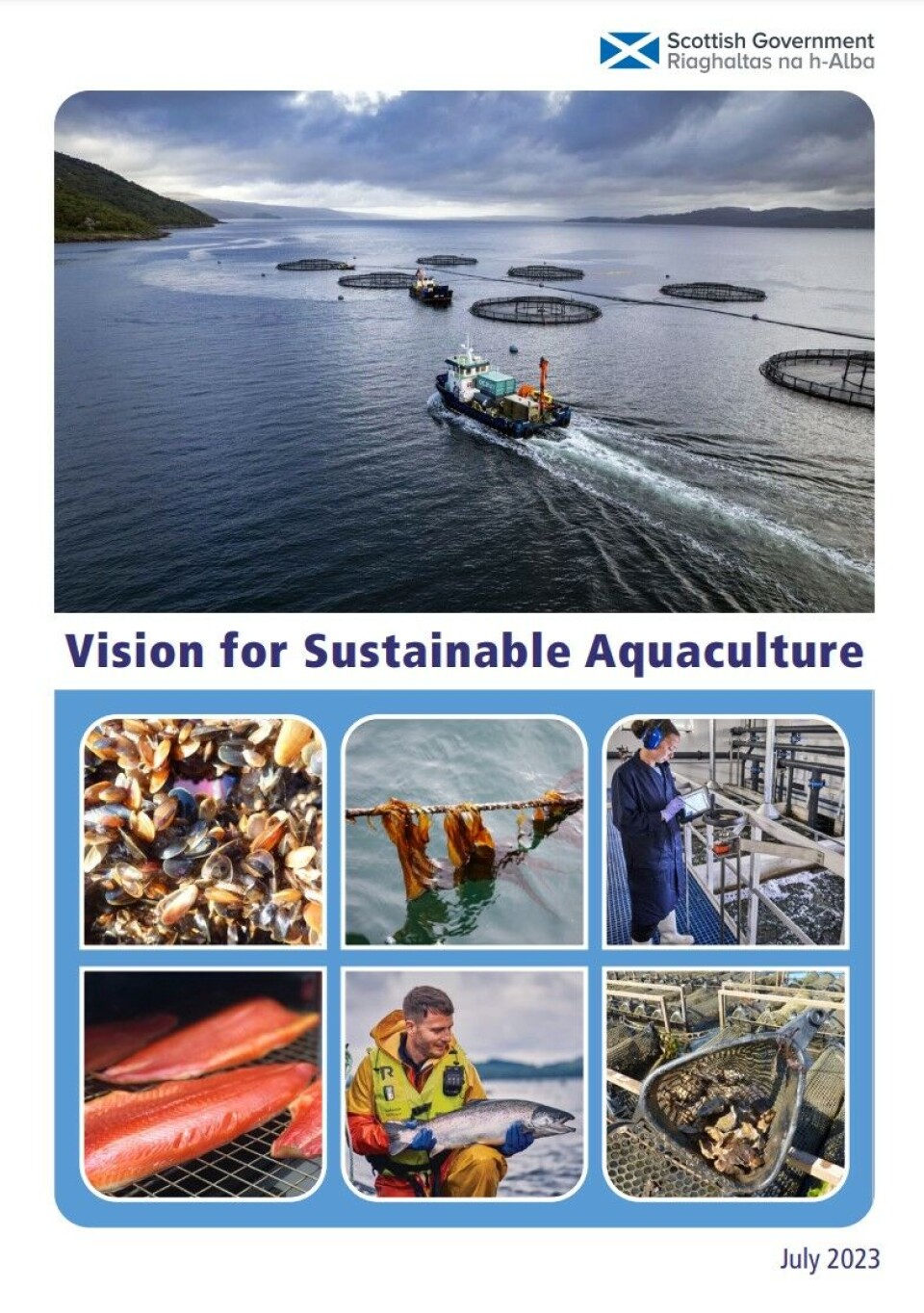
Aquaculture Vision puts fish farming ‘at heart of economic growth plans’
Salmon Scotland welcomes Scottish Government proposals that acknowledge sector’s importance but also promise tougher environmental regulations
Salmonid farmers have welcomed the Scottish Government’s newly published Vision for Sustainable Aquaculture, which gives broad support to the sector but also places a high priority on ensuring that it doesn’t harm nature.
Tavish Scott, chief executive of trade body Salmon Scotland, said the Vision “puts salmon farming at the heart of the country’s economic growth plans, helping Scotland’s journey to net zero and supporting healthy diets”.
In the document’s foreword, Scotland’s Rural Affairs Secretary, Mairi Gougeon, said aquaculture has a crucial role to play in contributing to the country’s food security and meeting its commitment to becoming a Good Food Nation, but stressed that it must operate within environmental limits.
Twin crises
“As we respond to the twin crises of climate change and nature loss, we envisage a sector that leads the world through the responsible and sustainable ways in which it operates, delivering significant and lasting socio-economic benefits for Scotland and for the communities that host aquaculture businesses,” stated the minister.

She said innovation “will be fundamental in ensuring aquaculture meets the challenges of a changing environment brought about by the climate crisis, as will a streamlined regulatory framework”.
“Our Vision for Sustainable Aquaculture sets out our overarching ambitions for the sector and details the key outcomes we want to see and achieve.”
Streamlined consenting
Some of the outcomes that the Scottish Government says must be realised to achieve its Vision are those that the fish farmers have previously asked ministers to deliver.
These include:
- A more efficient, effective, and transparent consenting regime with alignment between all regulatory processes.
- Exploring development beyond coastal waters, between three and 12 nautical miles.
- Increasing and improving housing stock in rural and island areas to benefit local communities and ensure aquaculture employees can live where they work.
Shared aims
Fish farming companies, either individually or as a sector, have already been working towards some of the Scottish Government’s other desired outcomes.
Examples include:
- Accelerating the adoption of approaches which minimise, reduce, or remove the discharge of medicine residues and increase the use of effective non-medicinal treatments, waste recovery and preventative measures.
- Minimising the escape of farmed fish.
- Maintaining antimicrobial use at low levels and adopting innovations that reduce the need for antibiotics over time.
- Ensuring all wild caught cleaner fish are responsibly sourced, whilst seeking to increase the proportion of farmed cleaner fish used in aquaculture.
Potential controversies
But there are also some outcomes that fish farmers may not like.
To make efficient use of Scotland’s marine resource, the Scottish Government will encourage the redevelopment of farms where there is no planned production into alternative forms of aquaculture, other marine sector development, or returning the farm site to the wild.
Over the years fish farmers have taken some less-than-optimal sites out of use, removing infrastructure and leaving them in what is effectively a wild state while retaining the leases. But they might be reluctant for those sites to be used for a different purpose in case that compromises their operational farms nearby.
Sea lice modelling
The Scottish Government also wants to see sea lice managed through adaptive regulation to protect wild salmon from lice that could emanate from salmon farms. Sector trade body Salmon Scotland opposes a spatially adaptive sea lice risk assessment framework being planned by the Scottish Environment Protection Agency (SEPA).
The framework is based on modelling of lice levels from the farms and their predicted impact on wild salmon smolts migrating to sea and on trout - despite the fact that a Scottish Government-funded project using sentinel cages and planktonic trawls didn’t find lice where the models predicted they would be or in the numbers expected.
In its response to a SEPA consultation about the plan, Salmon Scotland wrote that the framework places undue reliance on modelling and does not acknowledge areas of uncertainty, and their impact on the wider risk assessment process.
“We believe it is not possible to validate the proposed framework and that it is not acceptable to regulate a sector when the effectiveness of regulation cannot be determined,” Salmon Scotland wrote.
Sound science
On the whole, though, the sector is likely to agree with much of what is outlined in the Vision, which reiterates the Scottish Government’s commitment to “using sound science responsibly” and implies progress by cooperation rather than diktat.
Salmon Scotland’s Scott said: “Scotland is uniquely placed to lead the way in the drive for the sustainable use of the oceans and seas, while conserving our shared environment for future generations.
“Like all sectors, we face challenges from issues ranging from climate change to Brexit to rampant inflation, but by working together with government we can continue to grow a low carbon, highly nutritious food that sustains thousands of jobs and ensures our rural communities can thrive.”
The Vision for Sustainable Aquaculture can be downloaded here.























































